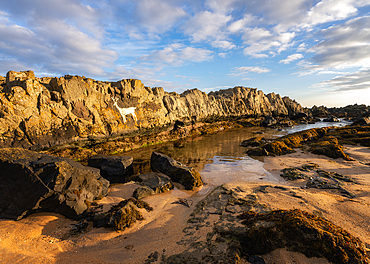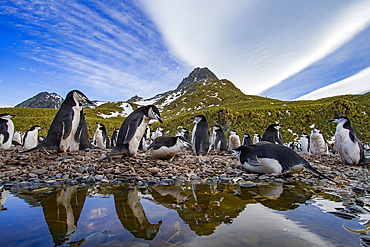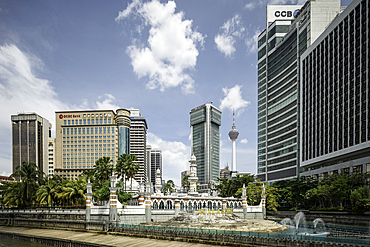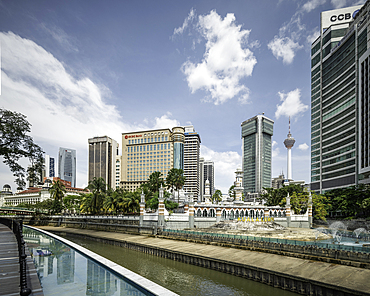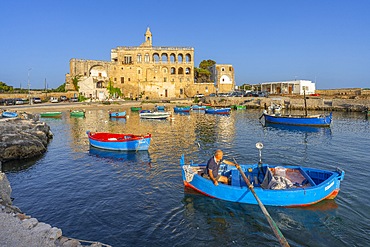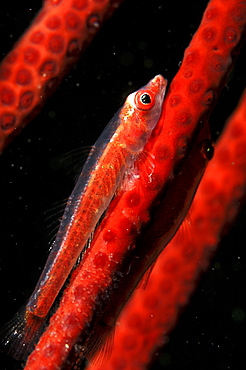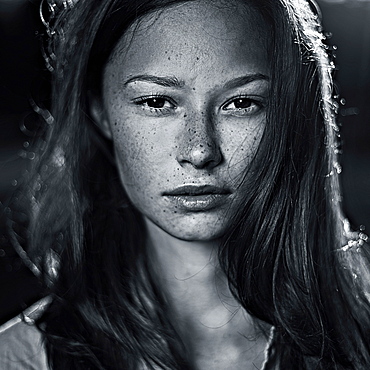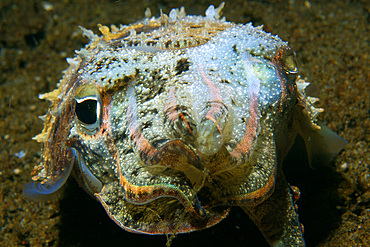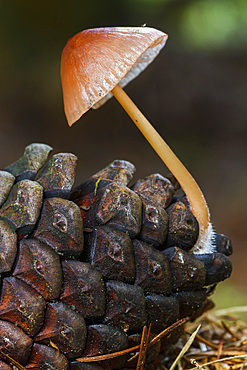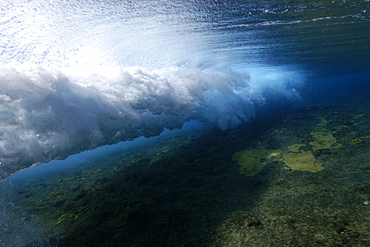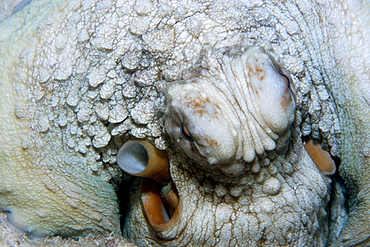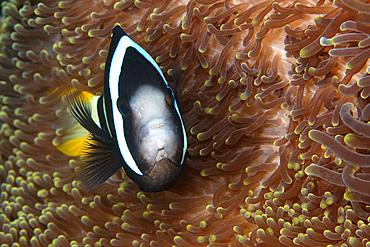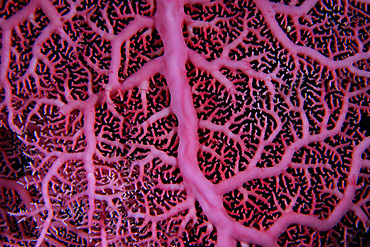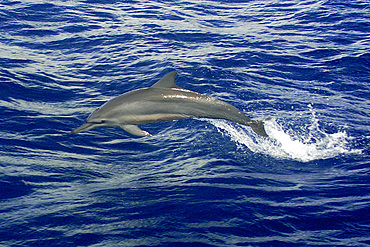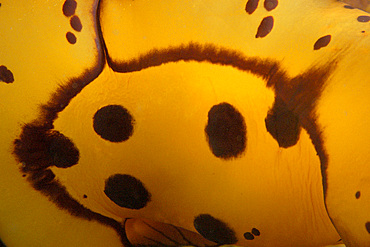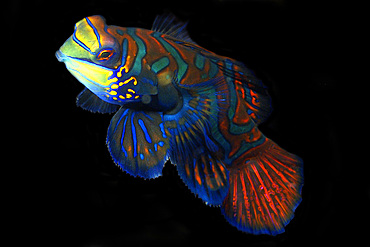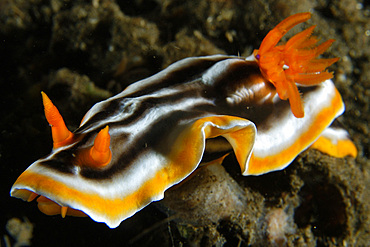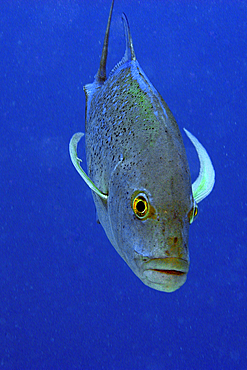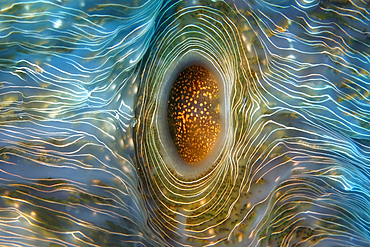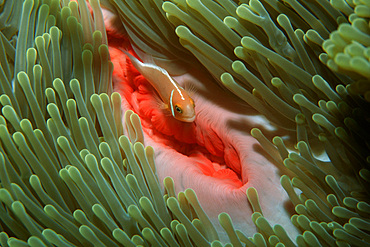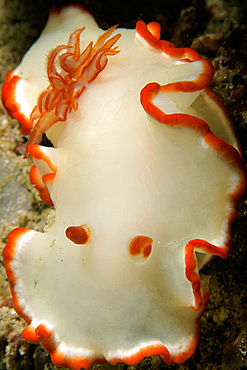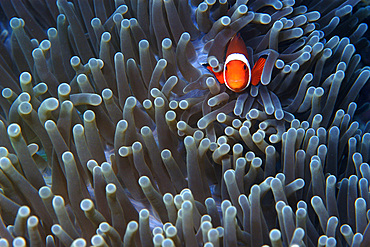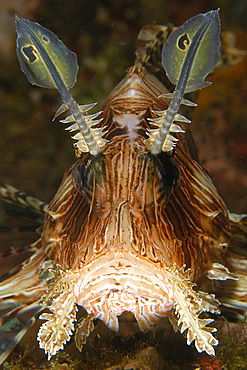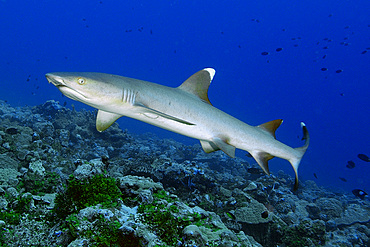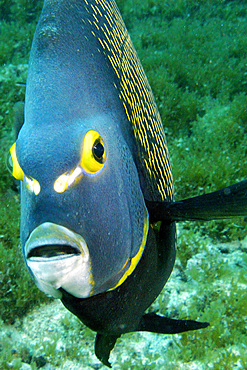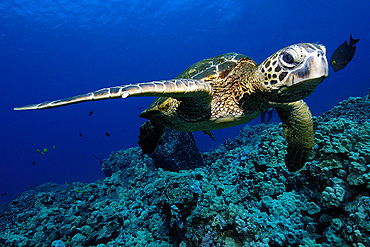Results
« Previous 1 … 7 8 9
827 results found

Adult brown bears (Ursus arctos) feeding on humpback whale carcass, Scidmore Cut, Glacier Bay National Park, Alaska, United States of America

Adult brown bears (Ursus arctos) and wolf (Canis lupus) feeding on humpback whale carcass in Glacier Bay National Park, Alaska, United States of America
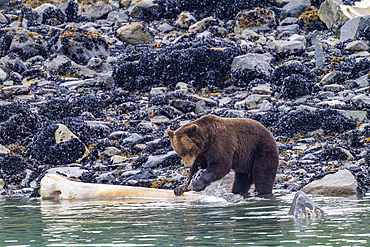
Adult brown bear (Ursus arctos) feeding on humpback whale carcass in Glacier Bay National Park, Alaska, United States of America

Adult brown bear (Ursus arctos) feeding on humpback whale carcass in Glacier Bay National Park, Alaska, United States of America
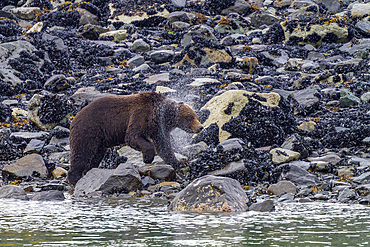
Adult brown bear (Ursus arctos) shaking water from its fur near whale carcass in Glacier Bay National Park, Alaska, United States of America
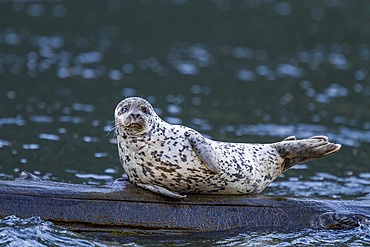
Harbor seal (Phoca vitulina) hauled out on submerged log in Misty Fjords National Monument, Southeast Alaska, United States of America
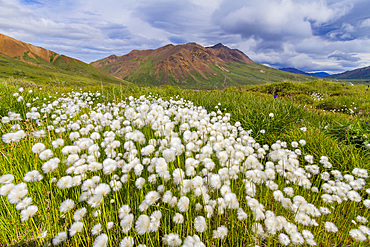
A large stand of Arctic cotton (Eriophorum callitrix) in Denali National Park, Alaska, United States of America
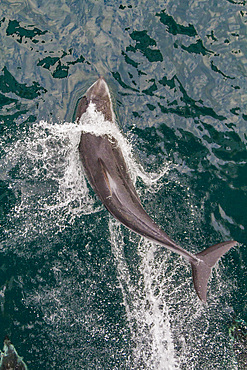
An adult Pacific white-sided dolphin (Lagenorhynchus obliquidens) leaping in Johnstone Strait, British Columbia, Canada

A pod of Pacific white-sided dolphins (Lagenorhynchus obliquidens) bow-riding in Johnstone Strait, British Columbia, Canada
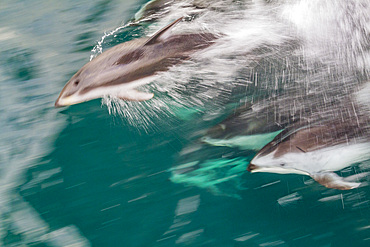
A pod of Pacific white-sided dolphins (Lagenorhynchus obliquidens) bow-riding in Johnstone Strait, British Columbia, Canada
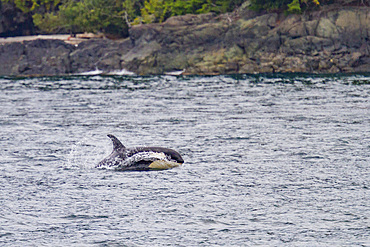
A juvenile killer whale (Orcinus orca) encountered off West Craycroft Island in Blackfish Sound, British Columbia, Canada

A small pod of killer whales (Orcinus orca) encountered off West Craycroft Island in Blackfish Sound, British Columbia, Canada
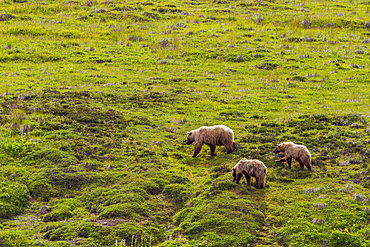
Adult grizzly bear (Ursus arctos) mother with cubs in Denali National Park, Alaska, United States of America
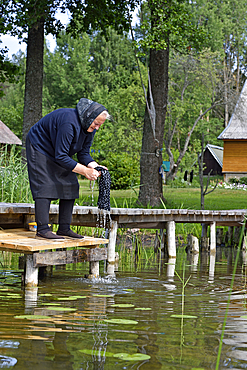
Old woman washing clothes in front of her house by the Baluosykstis lake around Ginuciai, Aukstaitija National Park, Lithuania, Europe
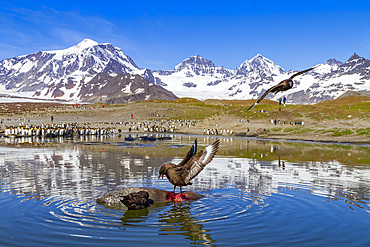
An adult brown skua (Catharacta antarctica) feeding on a dead elephant seal pup at St. Andrews Bay, South Georgia

Northern giant petrels (Macronectes halli) fighting over the scavenging rights to a dead elephant seal pup at Royal Harbor, South Georgia
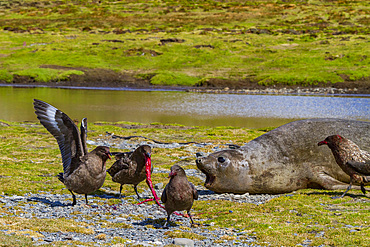
Female southern elephant seal (Mirounga leonina) with newborn pup as skuas (Catharacta antarctica) fight for the afterbirth, South Georgia
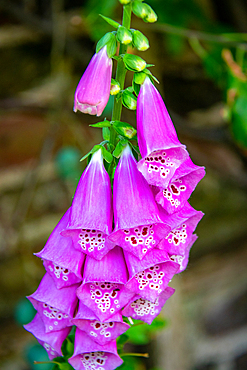
Vibrant purple foxglove flowers with spotted throats, in a natural garden setting at Kew Gardens, London, England, United Kingdom, Europe
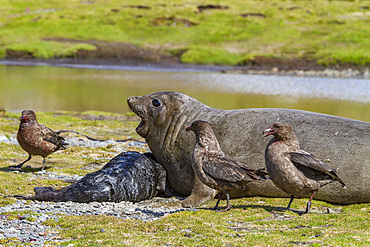
Skuas (Catharacta antarctica) and female southern elephant seal with newborn pup near abandoned whaling station, Stromness Bay, South Georgia
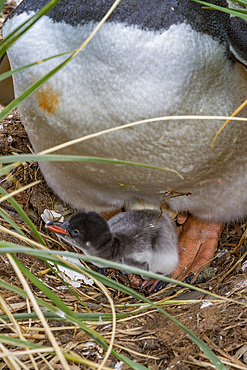
Adult gentoo penguin (Pygoscelis papua) with minutes-old newly hatched chick at Gold Harbor on South Georgia

View of Kyoto Station interior during day, Shimogyo Ward, Higashishiokoji Kamadonocho, Kyoto, Honshu, Japan
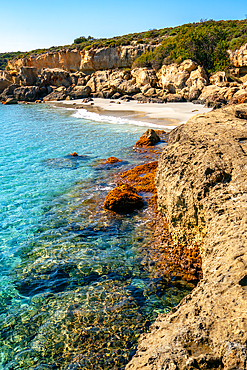
Petrified forest, Agia Marina, Agios Nikolaos Geopark, beach with turquoise water in the south of Greece, Greece
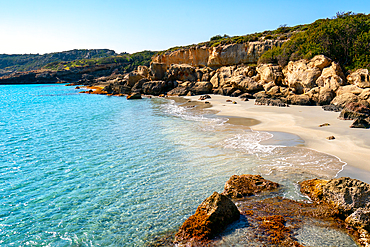
Petrified forest, Agia Marina, Agios Nikolaos Geopark, beach with turquoise water in the south of Greece, Greece
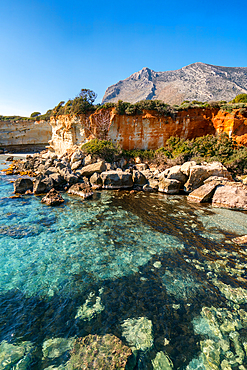
Petrified forest, Agia Marina, Agios Nikolaos Geopark, beach with turquoise water in the south of Greece, Greece
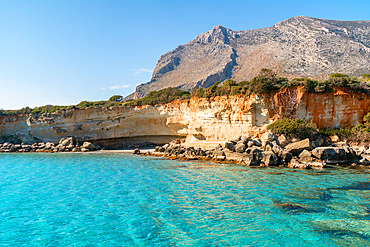
Petrified forest, Agia Marina, Agios Nikolaos Geopark, beach with turquoise water in the south of Greece, Greece
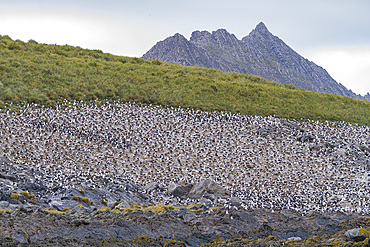
Black-browed albatross (Thalassarche melanophrys) breeding colony on Steeple Jason Island in the Falkland Islands
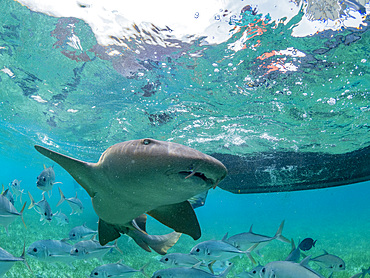
Nurse sharks (Ginglymostoma cirratum), being fed in Hol Chan Marine Preserve, inside the Mesoamerican Barrier Reef, Belize
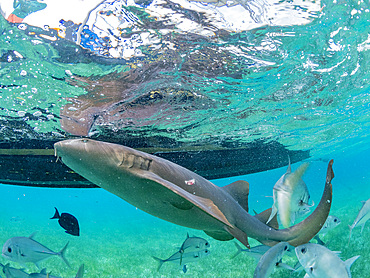
Nurse sharks (Ginglymostoma cirratum), being fed in Hol Chan Marine Preserve, inside the Mesoamerican Barrier Reef, Belize
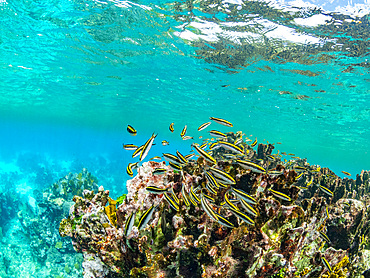
A myriad of fish and coral underwater at Hol Chan Marine Preserve, inside the Mesoamerican Barrier Reef, Belize
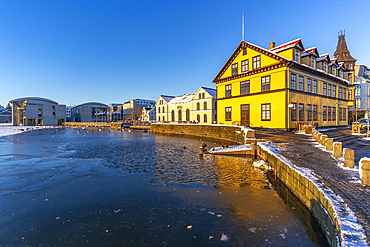
View of colourful buildings and City Hall in background in the city centre of Reykjavik in winter, Reykjavik, Iceland
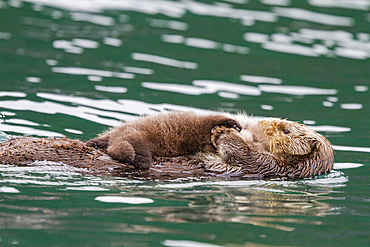
Adult sea otter (Enhydra lutris kenyoni) mother and pup in Inian Pass, Southeastern Alaska, United States of America
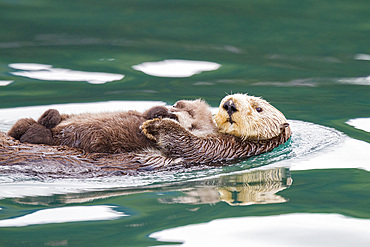
Adult sea otter (Enhydra lutris kenyoni) mother and pup in Inian Pass, Southeastern Alaska, United States of America
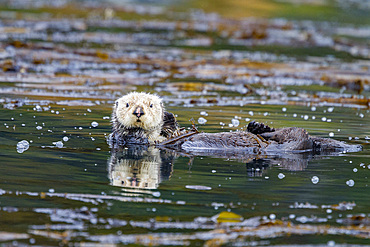
Adult sea otter (Enhydra lutris kenyoni) in kelp bed in Inian Pass, Southeastern Alaska, United States of America
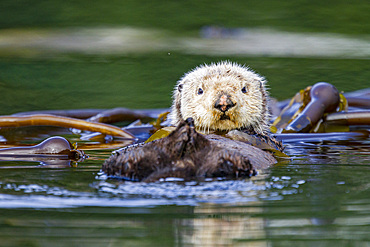
Adult sea otter (Enhydra lutris kenyoni) in kelp bed in Inian Pass, Southeastern Alaska, United States of America
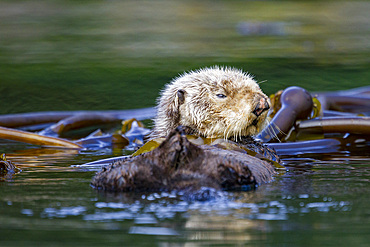
Adult sea otter (Enhydra lutris kenyoni) in kelp bed in Inian Pass, Southeastern Alaska, United States of America
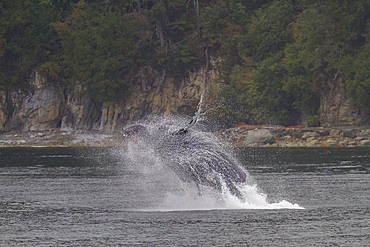
Adult humpback whale (Megaptera novaeangliae) breaching along the west side of Chatham Strait in Alaska, United States of America
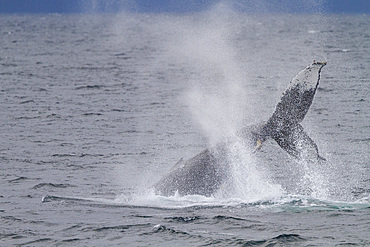
Adult humpback whale (Megaptera novaeangliae) tail throw among feeding whales in Southeast Alaska, United States of America
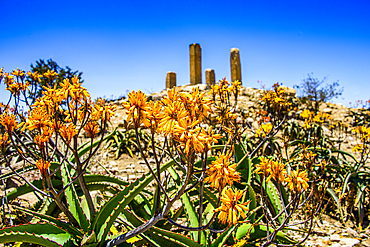
Blooming flowers in front of the columns of a ruined structure at the Pre-Aksumite settlement of Qohaito (Koloe), Eritrea, Africa
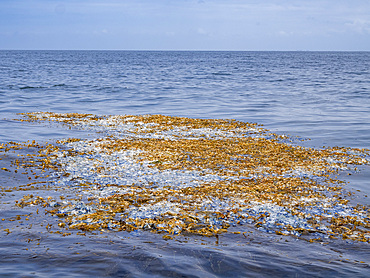
By-the-wind sailors (Velella velella), floating by the hundreds on the surface of the sea outside Newport Beach, California, United States of America, North America
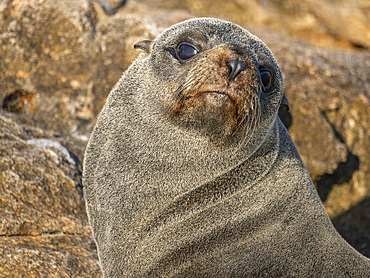
Guadalupe fur seal (Arctocephalus townsendi), at new haul out on Las Animas Island, Baja California Sur, Sea of Cortez, Mexico, North America
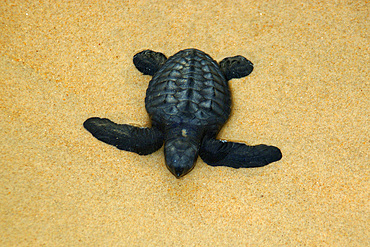
Olive ridley turtle hatchling, Lepidochelys olivacea, Costa do Sauipe, Bahia, Brazil (South Atlantic)
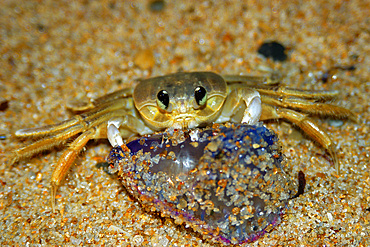
Crab preying on dead portuguese man-of-war, Physalia physalis, Praia do Forte, Bahia, Brazil (South Atlantic)
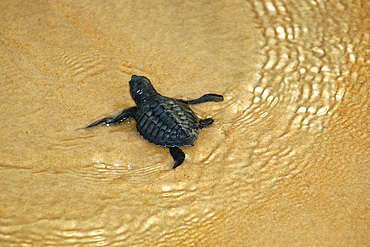
Olive ridley turtle hatchling, Lepidochelys olivacea, Costa do Sauipe, Bahia, Brazil (South Atlantic)
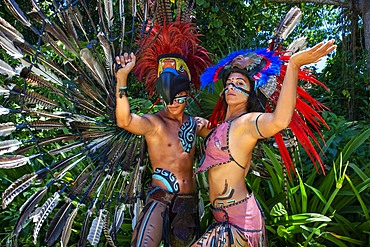
Mexican aztec dress gods at Grand Palladium White Sand Resort and Spa in Riviera Maya, Yucatan Peninsula, Quintana Roo, Caribbean Coast, Mexico.
Aztec clothing was generally loose fitting and did not completely cover the body. When the Spanish arrived in Mexico, the people were surprised to see them in their full armour, with only their faces exposed.
Aztec clothes were generally made of cotton (which was imported) or ayate fiber, made from the Maguey Cactus (also called the Century Plant or American Aloe). Women would weave the fibers into clothing, a task girls were taught as young teenagers. Because of their vast trading network, the Aztecs were able to make use of a beautiful array of dyes, creating the brilliant
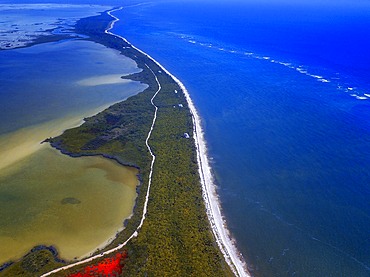
Aerial view of Punta Allen Sian Ka'an Reserve, Yucatan Peninsula, Mexico. Red lagoon near Boca Paila Bridge.
In the language of the Mayan peoples who once inhabited this region, Sian Ka'an means Origin of the Sky. Located on the east coast of the Yucatán peninsula, this biosphere reserve contains tropical forests, mangroves and marshes, as well as a large marine section intersected by a barrier reef. It provides a habitat for a remarkably rich flora and a fauna comprising more than 300 species of birds, as well as a large number of the region's characteristic terrestrial vertebrates, which cohabit in the diverse environment formed by its complex hydrological system.
Along its roughly 120 kilometres of coastline, the property covers over 400,000 hectares of land ranging from sea level to only ten m.a.s.l. The property boasts diverse tropical forests, palm savannah, one of the most pristine wetlands in the region, lagoons, extensive mangrove stands, as well as sandy beaches and dunes. The 120,000 hectares of marine area protect a valuable part of the Mesoamerican Barrier Reef and seagrass beds in the shallow bays. The lush green of the forests and the many shades of blue of the lagoons and the Caribbean Sea under a wide sky offer fascinating visual impressions.
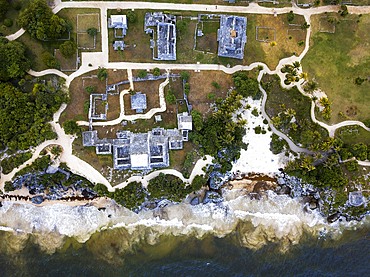
Aerial views of El Castillo and the Ruins of the Mayan temple grounds at Tulum, Quintana Roo, Yucatan, Mexico. Tulum is the site of a pre-Columbian Mayan walled city which served as a major port for Coba, in the Mexican state of Quintana Roo. The ruins are situated on 12 meter 39 ft tall cliffs along the east coast of the Yucatán Peninsula on the Caribbean Sea in the state of Quintana Roo, Mexico. Tulum was one of the last cities built and inhabited by the Maya; it was at its height between the 13th and 15th centuries and managed to survive about 70 years after the Spanish began occupying Mexico. Old World diseases brought by the Spanish settlers appear to have resulted in very high fatalities, disrupting the society, and eventually causing the city to be abandoned.
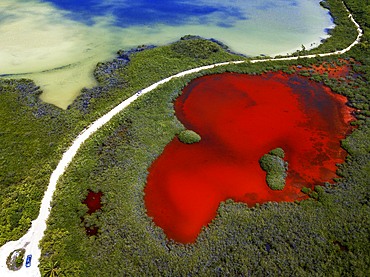
Aerial view of Punta Allen Sian Ka'an Reserve, Yucatan Peninsula, Mexico. Red lagoon near Boca Paila Bridge.
In the language of the Mayan peoples who once inhabited this region, Sian Ka'an means Origin of the Sky. Located on the east coast of the Yucatán peninsula, this biosphere reserve contains tropical forests, mangroves and marshes, as well as a large marine section intersected by a barrier reef. It provides a habitat for a remarkably rich flora and a fauna comprising more than 300 species of birds, as well as a large number of the region's characteristic terrestrial vertebrates, which cohabit in the diverse environment formed by its complex hydrological system.
Along its roughly 120 kilometres of coastline, the property covers over 400,000 hectares of land ranging from sea level to only ten m.a.s.l. The property boasts diverse tropical forests, palm savannah, one of the most pristine wetlands in the region, lagoons, extensive mangrove stands, as well as sandy beaches and dunes. The 120,000 hectares of marine area protect a valuable part of the Mesoamerican Barrier Reef and seagrass beds in the shallow bays. The lush green of the forests and the many shades of blue of the lagoons and the Caribbean Sea under a wide sky offer fascinating visual impressions.
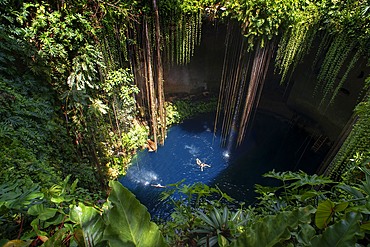
Swimming at Cenote Ik Kil in Yucatan, Mexico, a natural pit, or sinkhole near Chichen Itza. Yucatan Peninsula, Quintana Roo, Mexico. Ik Kil was sacred to the Mayans who used this cenote for both relaxation and ritual services centuries ago.
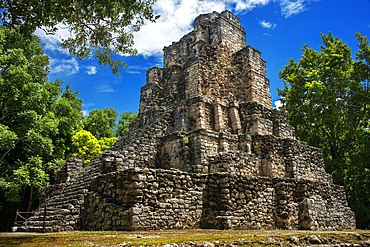
Estructura 8I-13 El Castillo at Chunyaxche Muyil Maya ruins, rainforest near Tulum, Yucatan Peninsula, Quintana Roo, Mexico
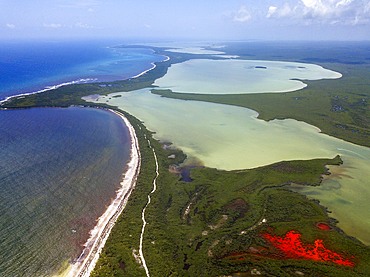
Aerial view of Punta Allen Sian Ka'an Reserve, Yucatan Peninsula, Mexico. Red lagoon near Boca Paila Bridge.
In the language of the Mayan peoples who once inhabited this region, Sian Ka'an means Origin of the Sky. Located on the east coast of the Yucatán peninsula, this biosphere reserve contains tropical forests, mangroves and marshes, as well as a large marine section intersected by a barrier reef. It provides a habitat for a remarkably rich flora and a fauna comprising more than 300 species of birds, as well as a large number of the region's characteristic terrestrial vertebrates, which cohabit in the diverse environment formed by its complex hydrological system.
Along its roughly 120 kilometres of coastline, the property covers over 400,000 hectares of land ranging from sea level to only ten m.a.s.l. The property boasts diverse tropical forests, palm savannah, one of the most pristine wetlands in the region, lagoons, extensive mangrove stands, as well as sandy beaches and dunes. The 120,000 hectares of marine area protect a valuable part of the Mesoamerican Barrier Reef and seagrass beds in the shallow bays. The lush green of the forests and the many shades of blue of the lagoons and the Caribbean Sea under a wide sky offer fascinating visual impressions.

A Mexican staff member holds a tucan at Grand Palladium White Sand Resort and Spa in Riviera Maya, Yucatan Peninsula, Quintana Roo, Caribbean Coast, Mexico

Mexican aztec dress gods at Grand Palladium White Sand Resort and Spa in Riviera Maya, Yucatan Peninsula, Quintana Roo, Caribbean Coast, Mexico.
Aztec clothing was generally loose fitting and did not completely cover the body. When the Spanish arrived in Mexico, the people were surprised to see them in their full armour, with only their faces exposed.
Aztec clothes were generally made of cotton (which was imported) or ayate fiber, made from the Maguey Cactus (also called the Century Plant or American Aloe). Women would weave the fibers into clothing, a task girls were taught as young teenagers. Because of their vast trading network, the Aztecs were able to make use of a beautiful array of dyes, creating the brilliant
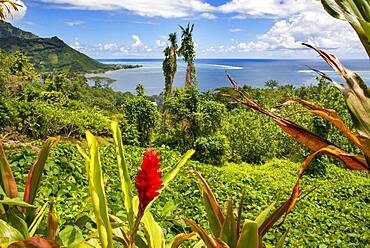
Red Tower Ginger; Spiral Ginger; Costus comosus in Moorea, French Polynesia, Society Islands, South Pacific.
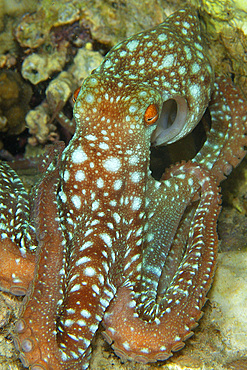
Starry night octopus, Octopus luteus, foraging on coral reef at night, Malapascua, Cebu, Philippines, Visayan Sea.

Common lionfish, Pterois volitans, blends in with a variety of soft corals and sponges, Cars, Dumaguete, Negros Island, Philippines.
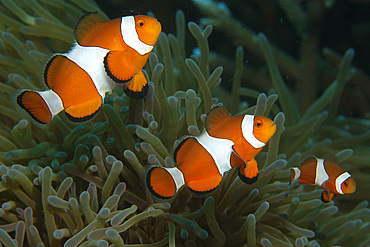
Family of false clown anemone fish, Amphiprion ocellaris, seeking refuge in sea anemone, Masaplod, Dumaguete, Negros Island, Philippines.
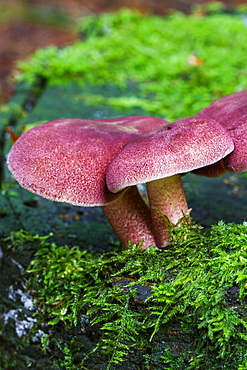
Plums and Custard or Red-haired agaric (Tricholomopsis rutilans) mushrooms. Gorbea Natural Park. Alava, Spain, Europe
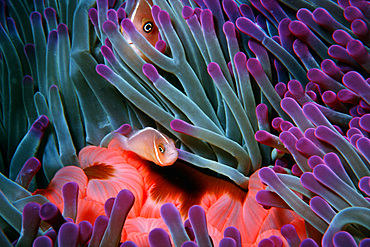
Juvenile and adult pink anemonefish in sea anemone, Amphiprion perideraion, Fila Reef, Port Vila, Vanuatu (S. Pacific).
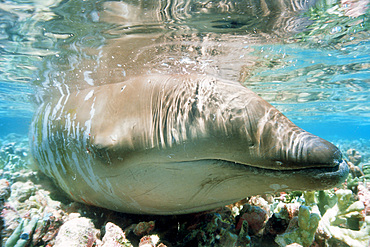
Beaked Whale stranded on coral reef during low tide, Mesoplodon sp., Mili, Marshall Islands (N. Pacific)..

Split image of Smallspotted dart, Trachinotus baillonii, swimming along the sandy shore at dusk, Rongelap, Marshall Islands, Micronesia
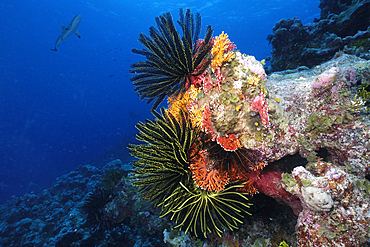
Red (Lace) coral, Distichopora violacea, feather stars, and juvenile gray reef shark, Carcharhinus amblyrhynchos, Ailuk atoll, Marshall Islands, Pacific
